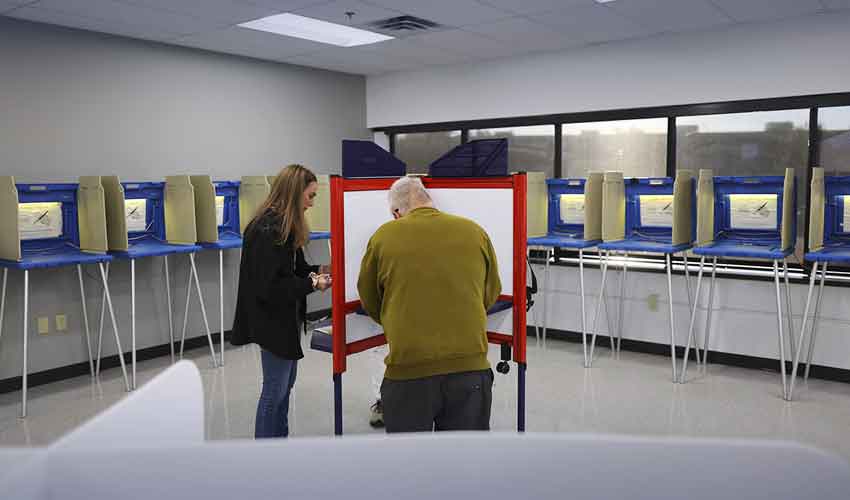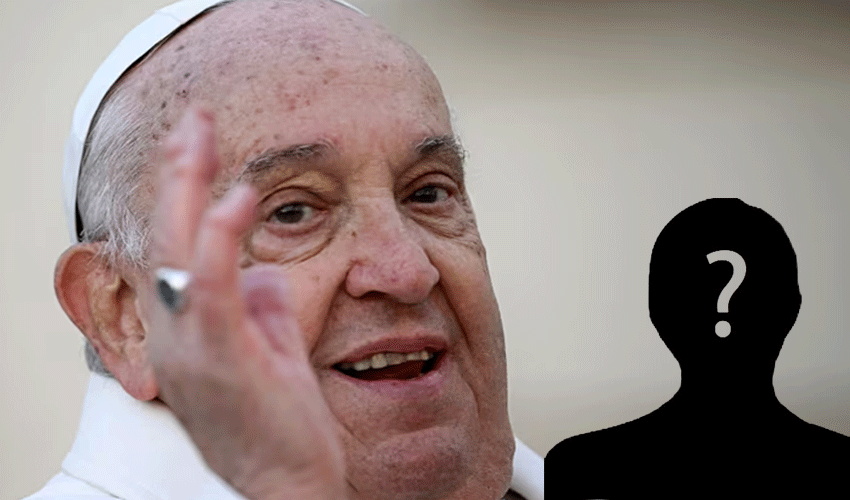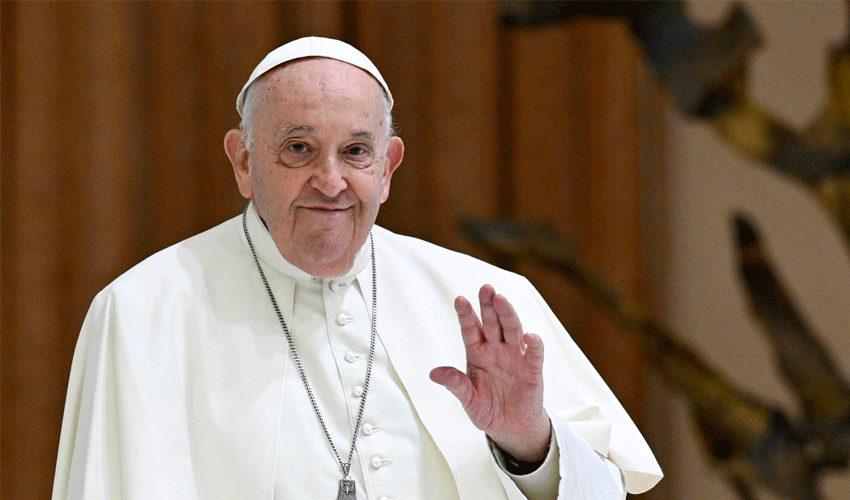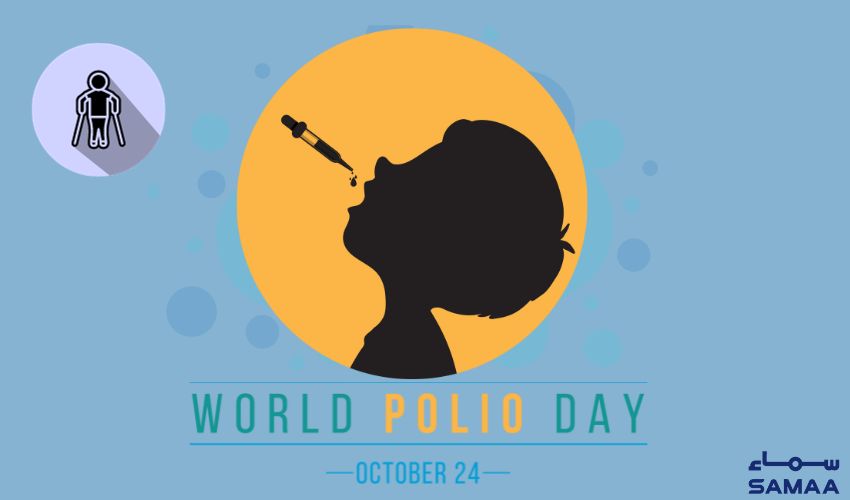Americans began casting their first in-person votes on Friday in a presidential election six weeks away that both Republican and Democratic leaders call the most important in generations.
The stakes are high: Democratic presidential nominee Vice President Kamala Harris and other party leaders have described Republican nominee Donald Trump as a threat to democracy, while Trump has said he must win to save the country from Democratic rule.
In-person voting marks a six-week stretch to the Nov 5 Election Day. It means the end is now in sight to the bitterly divided campaign which in just the past two months has seen Harris take over from President Joe Biden as the Democrats' nominee and Trump narrowly escaping one assassination attempt in Pennsylvania and a second apparent one on Sunday at his Florida golf club.
Most states offer some form of in-person early voting. The first in-person voting was in Virginia, Minnesota, and South Dakota with several more states to follow by the middle of October.
While Trump has frequently expressed scepticism about early voting in the past, the Republican National Committee has embraced the concept this year as an important way to pile up votes in advance, since weather and other factors can impact the turnout on Nov. 5 Election Day.
Democrats have taken advantage of early voting options in recent elections, banking millions of votes in the process.
In 2018, Democrats accounted for 41% of early votes in the 24 states that provide partisan data, compared to 35.1% for Republicans, according to the U.S. Elections Project at the University of Florida.
In 2022, that gap widened, with Democrats accounting for 42.5% of early ballots and Republicans 33.8%.



























